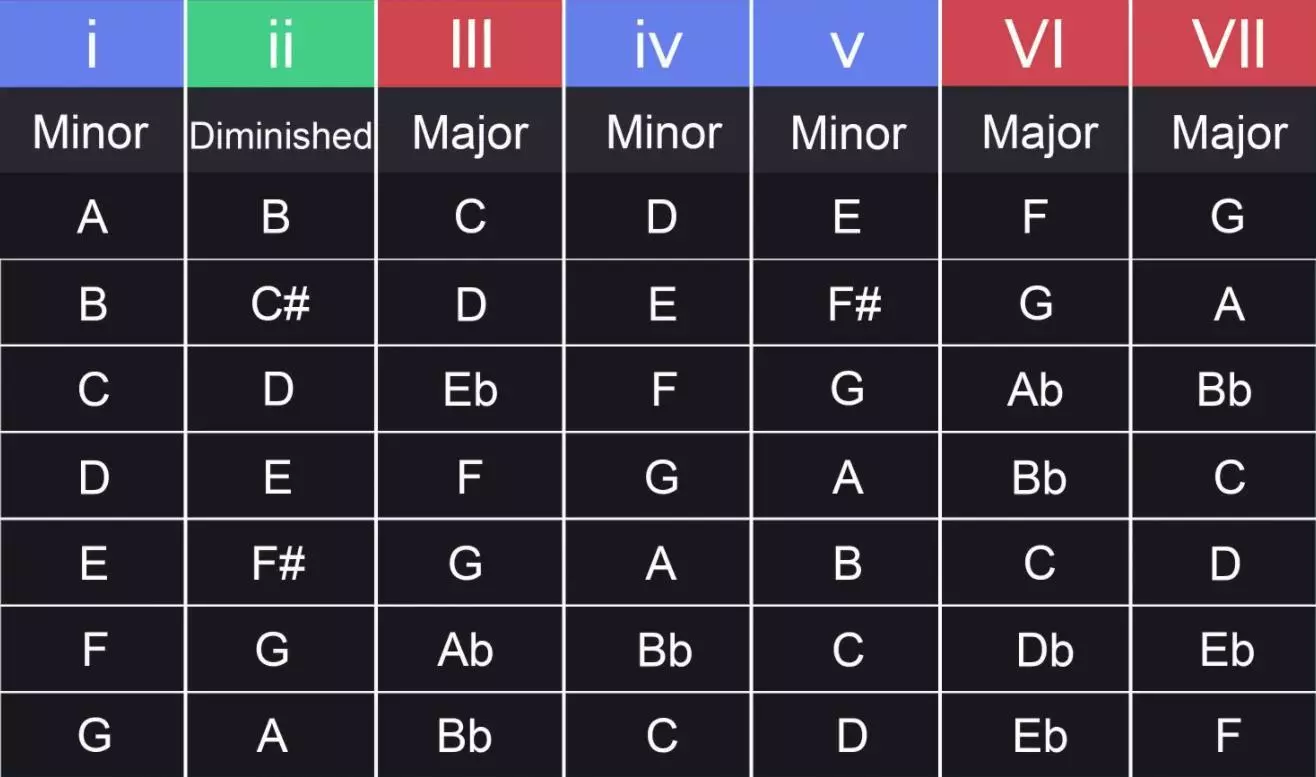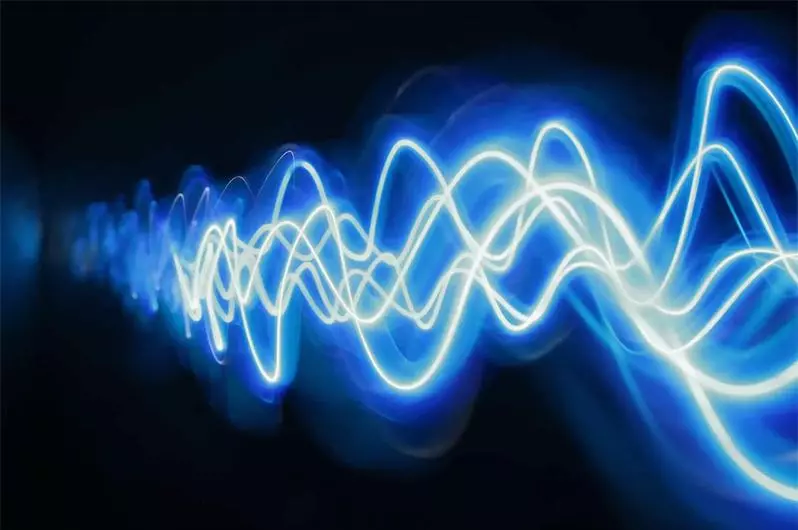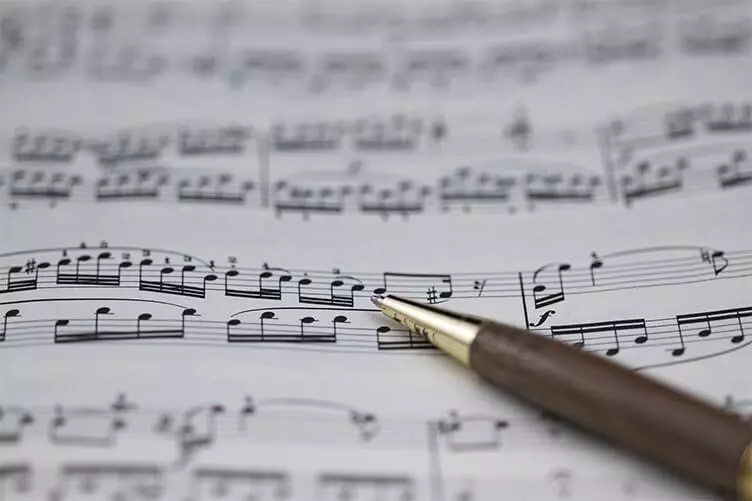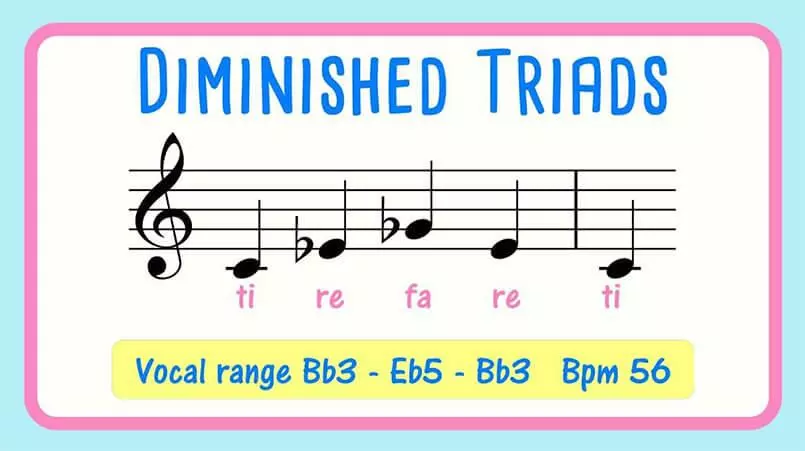Circle of fifths

One of the most important concepts in music is the circle of fifths. This is a kind of basis (graphic scheme) that helps to determine correctly the most appropriate key for a particular composition. This method is used not only by experienced composers, but also by musicians themselves, as well as producers. Such a tool is an excellent “helper”, thanks to which you can determine the signs of tonality alteration quickly and accurately.
We will analyze in this material the details of the circle of fifths, the principles that lie in its construction. Let us see if this scheme needs to be learnt; for whom it is needed, in what cases it is applicable. Let us analyze the key practical points. Be sure to touch on historical origins.
What is a circle of fifths?
Any musical composition consists of tonalities. All of them are presented in various pitches, major-minor temperaments. The possibility of a graphical representation (in the form of a circle) was revealed in the process of their detailed study. Thus, a chromatic sound system was designated, the essence of which lies in a certain sequence of fifths. Hence the name – the circle of fifths. To the best of a simple version of the display of 12 notes of the chromatic group.
There is a practical side to writing music. This is how a composer with a good musical ear perceives melody and reproduction of sounds by ear. So that the process of creating a track does not happen on a whim, a theoretical basis is applied. The circle of fifths is one such element. The described graphics system may seem very complicated for a person who is just starting to play music. However, for what purposes it is worth trying to master it (why study and understand the circle of fifths):
- commonly used theoretical basis;
- understanding of musical tonality;
- improved composition of musical notations;
- writing more correct and melodic tracks;
- detailed study of patterns;
- improving skills and professionalism;
- communication with colleagues in an understandable “language”.
The construction of the circle looks like this. First, a certain note is taken. It can be virtually any. For example, let us take “D”. Then, moving along the pitch, uniform segments are deposited – fifths. Each fifth equals 3.5 tones or 5 steps. Thus, the first fifth is DG. The process of adding fifths is repeated 12 times. Therefore, a cylindrical circle for graphic display is the best fit. We will tell you more about deciphering the circle of fifths below.
The main components of the circle are chords, notes, minors, majors, keys, and other elements.
History of appearance
Scholars and thinkers have studied musical theory since ancient times. Many have tried to develop a system that would help define the basic rules associated with notes, tonality, different sounds. Pythagoras, a famous ancient Greek scientist, first introduced the idea, which is very similar to the modern circle of fifths. He shared his decision in the VI century BC. The scientist had great sympathy for regular geometric figures. Therefore, in this way he tried to display solutions for different tasks. He knew that sound had certain tones (pitch). Even then, it was believed that there were twelve main keys. Accordingly, the points on the circle were marked (by analogy with the clock face). They were connected to each other by triangles, being their intersecting vertices.
The next mention, very similar to the modern circle of fifths, of a schematic representation of the system of keys in the form of a circle is found in the works of Nikolai Diletsky. In particular, we talk about his manuscript “Musician Grammar”, which was completed and published in 1679. The circle was called in it the “wheel of merry music.” The principle of arrangement and marks of minor and major keys was similar. In Old Church Slavonic, “musikia” was translated as “music”. The manuscript was primarily written for church ministers, members of the choirs.
Among the classical composers of our time, Johann Sebastian Bach was the first to use actively the circle of fifths in his works. In many well-known works, an equivalent and consistent tonality is indicated, which allows the composition to be melodic. The artistic cylindrical circle is described in the collection of fugues and preludes The Well-Tempered Clavier. Preludes by Dmitri Shostakovich, Frederic Chopin and many other famous composers were performed within the circle of fourths and fifths.
Nikolai Rimsky-Korsakov brought a significant addition to the interpretation. He proposed to divide the keys according to the degree of their relationship. If there is one-step between them, then this is the 1st degree, with two steps – the 2nd degree, with three steps – the 3rd degree. In the first case, the keys are considered related – the minors and majors differ from the original value by one sign.
Such a universal scheme appeared largely because all the people involved in music and its writing needed a single system. A variant in which it would be possible to build quickly chords and keys around the composition. Without the need for a long and painful selection of notes.
Deciphering the circle
It may seem at once that this is some kind of higher mathematics. However, it is worth spending some time, as after this change of keys, chords will not cause any difficulties. You can touch and even juggle them at your discretion.
The meaning of the graphic circle lies in the sequence. Namely, a verified system of keys (modes), which are separated from one another by a fifth. At the same time, they are characterized by an excellent sign of alteration (one more).
For ease of understanding and a more understandable explanation, the graphical diagram should be taken as cylindrical circles. In some variations, you can find the addition of color palettes. Everyone defines logical markers for themselves, allowing them to better remember and understand the intricacies and patterns of the circle of fifths.
In standard order, the circle of fifths consists of three sections:
- Musical keys (and their signatures);
- Capital letters (designation of the main keys);
- Lowercase letters (designation of minor keys).
In addition, regions with the same key signature (two keys) are distinguished – enharmonic equivalents. Thanks to the unity of the system, the circle is closed. It can be used in completely different works in its genre and direction. The corresponding theoretical basis allows us to adhere to the relationship of major-minor keys.
F, C, G, D, A, E, B – this is exactly the order in which sharps are built at the key. It is always the same. A step is laid between these notes – the so-called “pure fifth” equal to 3.5 tones. Moreover, each subsequent tonality is characterized by one sign more. The tonality differs from each other with a step into a pure fifth. In the same way, sharps at the key differ from each other.
Often the circle of fifths is referred to as the fourth-fifth circle. It is all about the possibility of constructing a similar scheme (circle) using quarts – instead of fifths. That is, a note is taken, lowered by 2.5 tones. Further, with the note salt, the process is identical in everything.
Lines connect the notes. They are equally spaced apart by a semitone. Moving clockwise around the circle of fifths allows you to count the steps, getting the desired key. In this way, you can understand the number of sharp characters at a certain moment. Flat signs are counted in reverse order (counterclockwise).
Minor and major keys are arranged in parallel (1.5 tones down). That is, on the outer part of the circle of fifths, major keys are mainly located, and on the inner – minor ones.
How to use the circle of fifths?
We described above the main elements and the principle of deciphering the circle of fifths. For whom is it intended? In principle, for all composers. Most often, it is used by beginning musicians. The graphic system is considered as a cheat sheet, which displays minor, major keys, as well as the number of flats and sharps in the key.
Here are the main uses for the circle of fifths:
- Definition of signs at the key;
- Clarification of related keys;
- Definition of keys by notes;
- Transposition;
- Modulation;
- Composing music (in the extended sense).
In one case, signs are calculated in the key of F-minor. In the other, the tonality of the composition is revealed by notes. If you want to define similar keys, for example, for A major, the circle of fifths is also used. You can transfer with its help the tone from one piece to another. Among other things, modulation is carried out (according to related keys), the dominant and subdominant are determined. All this is necessary in the process of writing music on a professional basis.
Here is an explanation of one of the most commonly used techniques – transposition.
Let us take a situation where you want to sing a well-known song, but the minus (arrangement) does not quite suit your timbre. Therefore, you decide to play the tune on the guitar yourself. The circle of fifths will come in handy to transfer into the desired key (transposition).
You use the correct chord pattern and sequence applying a pie chart. If you turn clockwise, you get the next key; counterclockwise is the previous key. As part of the sound of the song, its chords will change, but the function will remain. The circle of fifths is rotated until the key and chords match your voice and timbre.
Composing music is a very diverse process. Let us take for understanding and an example its narrow part – borrowing.
Let us say you know the motive, but the chords used in it are not enough for you. You want to diversify and enrich the melody, make it more unusual and original. Again, the circle of fifths is suitable for this. Please note: two adjacent keys are great for borrowing chords. If you look closely at the diagram, namely on the keys of G major and C major, 4 common chords will stand out. However, the possibilities are not limited to them. The circle of fifths allows musicians and composers to experiment on their own. In any sequence and variations.
What do you need to know to use the circle of fifths?
It is important to understand and distinguish three points:
- Intervals;
- Tonality;
- Accidentals.
Intervals
In a simplified explanation, intervals are considered the distance between two notes. In sound terms, this is the correlation of notes on the piano keyboard (using tones and semitones). For example, in standard form, one semitone corresponds to one key. It takes more practice to count intervals correctly on the keyboard. However, it is important to do this using the theoretical basis – the circle of fifths.
In another context, musical intervals are considered combinations of two sounds. They are of two types:
- Melodic interval (successive sounds);
- Harmonic interval (simultaneous sounds).
Tonality
The pitch of the work, which is based on the position of the fret (from a certain note). Some call it the binding of a musical scale to a specific area. Very often you can see how singers, when performing inconveniently, ask to raise or lower the composition by a certain tonality. The high-altitude position of the musical range affects the melody and sound combination of the melody.
Accidentals
If you know musical notation or have seen how it looks, then imagine the signs used. They correspond to the black keys on the piano or button accordion. A method of raising or lowering the pitch of a sound without changing its name.
Using intervals to build a circle of fifths
Intervals (tonality) are directly correlated with the circle of fifths. This is a powerful way to arrange all twelve notes so that they are the same distance apart.
You should be careful with chords and keys that are located in close proximity. To unenlightened and not very sophisticated listeners, they can actually sound almost the same. Only a specialist will notice the difference. However, within the framework of absolute harmony and consonance of the elements of the melody, there will be certain differences.
A simple example: the keys of D major and A major contain six notes. They are identical in sound. For this reason, the transition between them comes out smoothly, without dissonance. Conversely, the keys of E flat and A major are characterized by one common note. Therefore, the transition between them is illogical.
When using the circle of fifths, one should be guided by the proximity of the given keys. The closer the degree of their relationship, the more correctly they sound in unison.
How is it all connected?
The peculiarity of the circle of fifths is that it is not a natural phenomenon, but a specially created scheme. A certain commonly used variant used by musicians and composers. The circle of fifths is considered a complex instrument in its essence and format. If you want to comprehend not only the basics, the theoretical basis, but also the secrets of music, you definitely need to master this instrument.
Using a circle with 12 equally spaced marks, you can arrange all twelve tones so that they are at the same distance from each other. The circle of fifths is often used to create distinct bass lines. Thanks to the described technique, the sequence of chords comes out consonant and harmonious.
Services and tools that allow you to use the interactive circle of fifths are designed to transit compositions into different keys, fix key signs, and understand the construction of scales and modes, and master chord progressions.
There are plenty of websites and technical solutions on the Internet. You can choose the most suitable one. For example, on the displayed (highlighted) sector, 3 minor and 3 major chords are highlighted. If, when playing a melody, you move strictly between them, it will be melodious and beautiful. You can also use the interactive circle of fifths to move between keys and other chords, or draw your own on paper.
Is mastering the circle of fifths so necessary?
There are many musical features. It is impossible to master all of them. Moreover, new ones appear all the time. However, there is a certain basis that most musicians (composers) adhere to and use. There are many who write music “from the heart”. Such “self-taught” sometimes turns out really well. Now just imagine how many your skills, abilities and musical erudition will increase if you master the instrument described in the article.
You will be able to determine the tone of the composition, choose the right chords, and determine the best sound – depending on the goals, objectives and genre. In other words, your ability to write music is greatly enhanced.
Circle of Fifths: Conclusions
The system of tonality described in the article (in the form of a circle with 12 elements) is the main and theoretical basis. Such a graphical display of the relationship between keys helps to understand the structure of musical compositions better, particularly the Western type. Moreover, it does not matter at all in relation to the genre: classical, folk, rock, jazz, pop or another direction.
The music is incredibly varied. Sequences and sequences are easiest to display using a graphic diagram – a circle of fifths. This is the theoretical principle of the basic construction of keys, chords and modes. If you compose music, adhere to harmony in sound and would like to achieve it, this “cheat sheet” will help. With the help of a circle diagram, you will be able to understand which chord and key should be next; what mode to add; how to make the composition more original. In the same way, you can correctly determine which key to move into.
Circle of fifths is used for a variety of musical tasks. The main point is writing an original and compositionally “rich” melody. You can achieve harmony and sound balance with the help of minor and major keys, diverse (but perfectly combined with each other) chords. The theory may seem complicated. It is better to comprehend it simultaneously with practice. Therefore, you can gain a theoretical background, master a useful tool and compose cool compositions (tracks in completely different genres).










